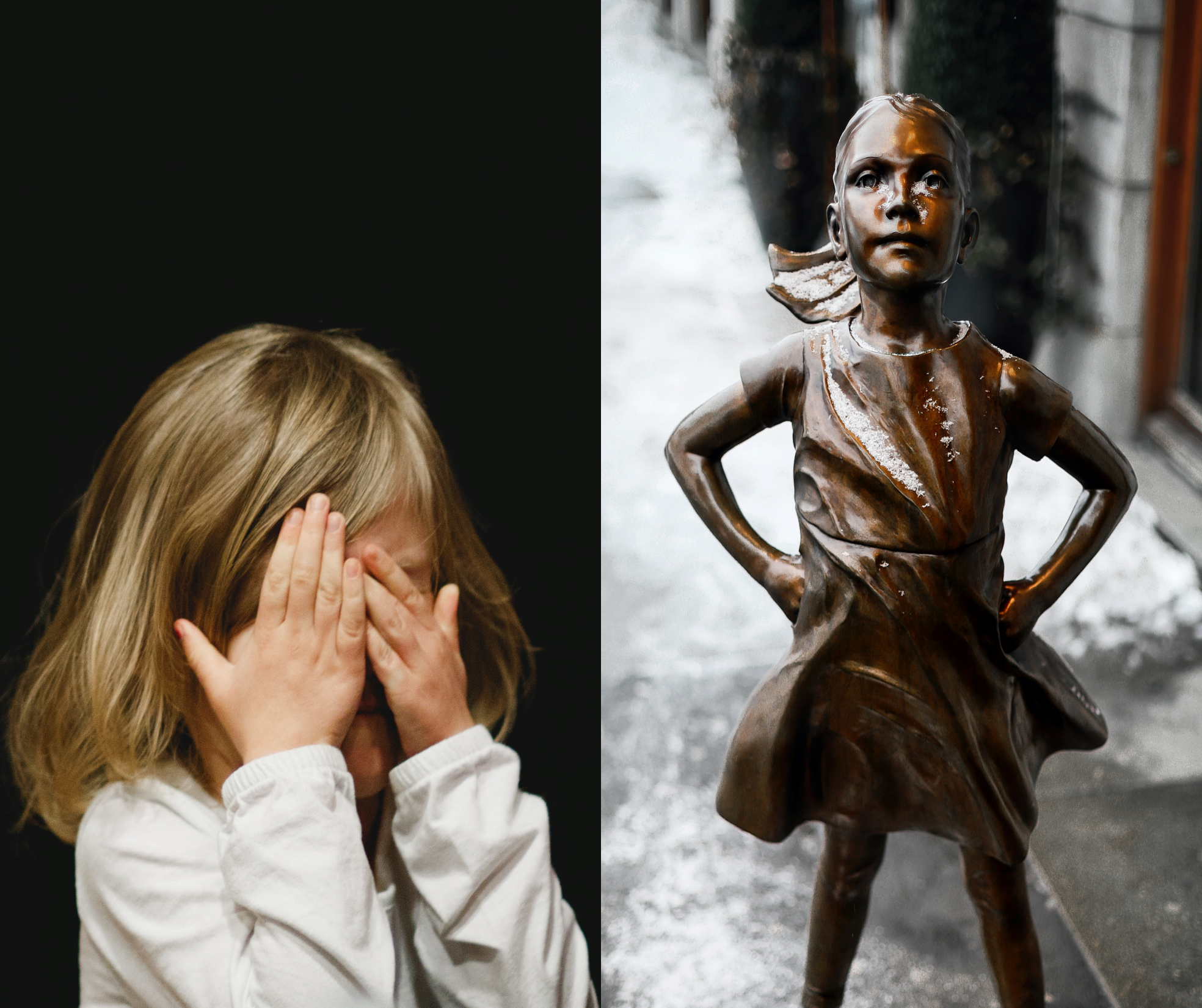The Paradox of Fear

If you were given the chance to be fearful or fearless, which would you choose?
I believe most of us would choose to be fearless.
But if that’s true, why do we so often “fear” the worst is going to happen when we’re planning something in the future?
If the future isn’t written yet, why do we focus energy on what we want to avoid instead of what we want to create?
I just had a powerful session with a client who was experiencing this paradox.
She is designing and launching two high-profile leadership summits at her company. It’s the first time this is being done solely for leaders of color.
This was a major DEIB initiative. C-suite executives would be attending, and there was a lot riding on these forums being successful.
With so much at stake, she was experiencing a lot of stress. She worried about all the things that could go wrong and was overwhelmed by the details and complexity of everything on her plate.
She was stuck.
She feared she would drop the ball. That she’d disappoint others. That her manager would regret hiring her. That she’d be seen as incompetent. That she’d be put on a PIP.
She had nightmares about failing and the summits being disasters.
I could hear the tension in her voice (this was an audio-only session), and I asked where in her body she felt this stress. She said it was in her chest and in her head.
I asked her to place her hand on her stomach and assess her breathing. Did her stomach expand or contract when she inhaled?
She said it barely moved, and she felt like a tight elastic band was constricting her chest. That’s how shallowly she was breathing.
We focused on her breathing for about 30 seconds. Breathing in through her nose for a count of six and feeling her stomach rise. Exhaling for a count of three through her mouth and feeling her stomach fall.
She felt so much calmer after this. The tension in her voice was gone, and she said her mind felt clearer.
With this shift, we talked about the power of her bad dream and how it created a lasting image for her. It was fear-based. More significantly, it was an image of something that neither had happened or was destined to occur, and yet she was still “remembering” it.
Visualization was clearly a power of hers, so I asked her to visualize the summits she wanted to create. This is what she wanted:
-
To see everything going as planned
-
To see herself introducing the keynote speaker and hearing the ovation from the audience
-
To see herself greeting attendees, seeing their smiles, hearing their accolades and appreciation
-
To see others walking up to her, congratulating her, and asking to help plan the next summit
Once she defined what success looked like, it was easy for her to see it happening. She created a new lasting image of her choosing far more powerful and sustaining than the bad dreams from previous nights.
After she shifted how she thought about the summits, I asked what new feelings and emotions were coming up for her. Instead of feeling fear, dread, and anxiety, she was now feeling eager, energized, and confident in her ability to create and deliver two outstanding leadership summits.
With these new thoughts and feelings, she “un-stuck” herself and quickly identified the next actions to take. She could again tap into her passion, her experience, and her talents to design these forums.
This transformation occurred when she chose to be fearless instead of fearful.
I can’t wait to see what she builds!